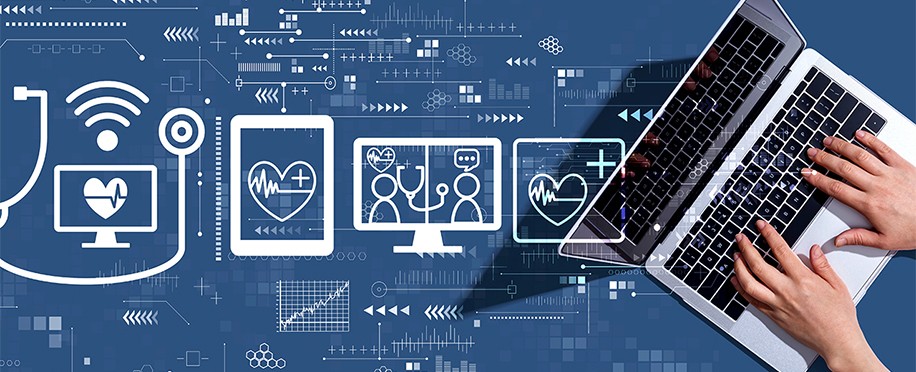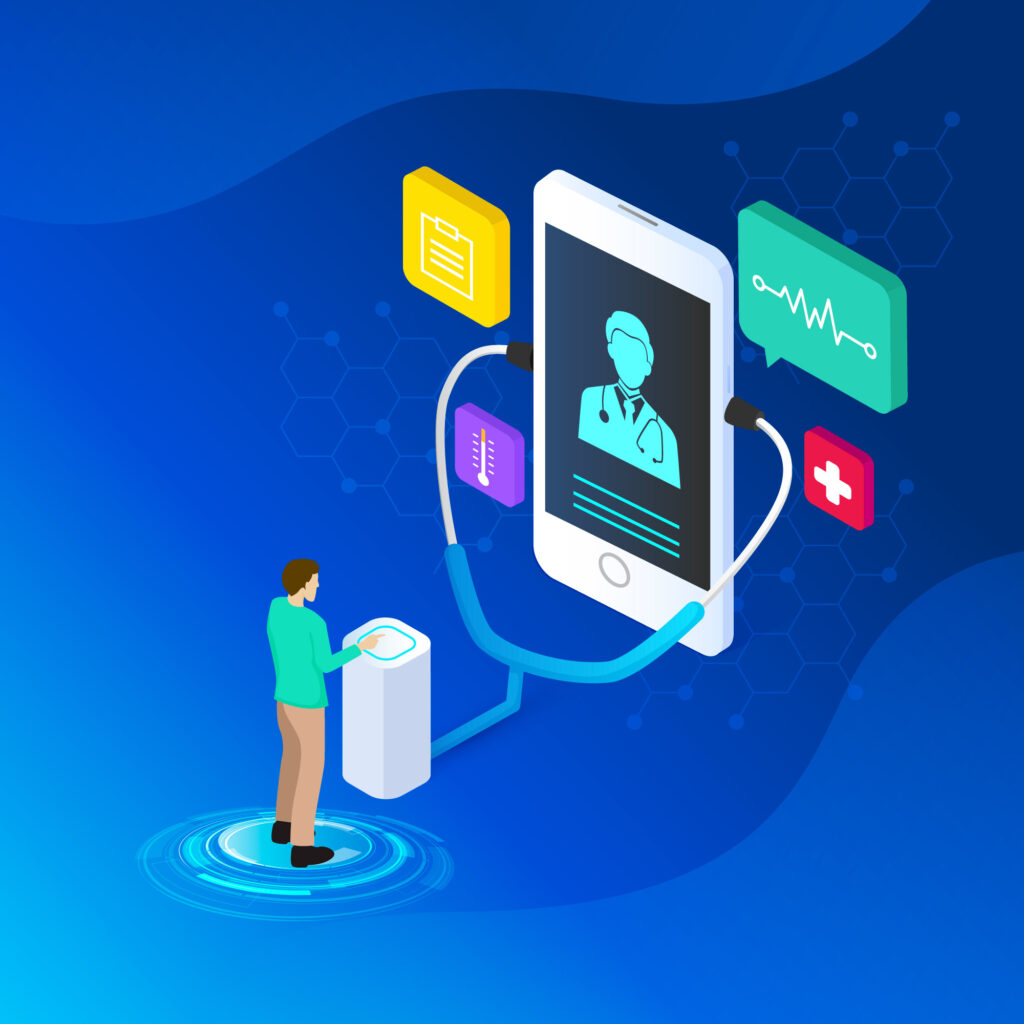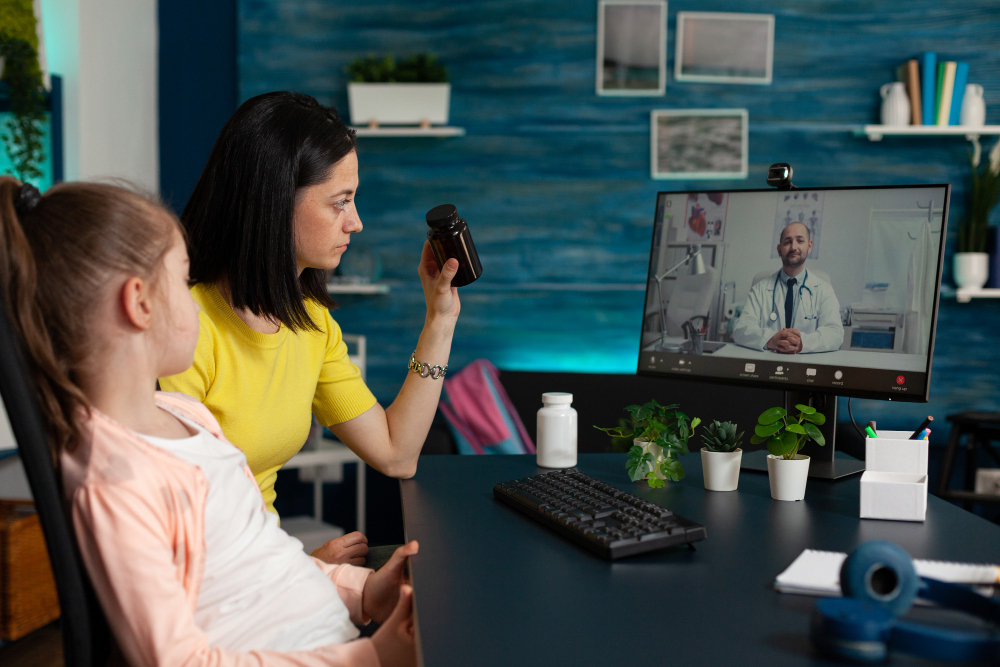Transforming Healthcare with Virtual Solutions
Introduction
In the fast-paced digital world, the healthcare industry is undergoing a massive transformation. Telemedicine, the practice of providing healthcare remotely using digital communication technologies, is at the forefront of this revolution. From increasing accessibility to reducing costs, telemedicine is reshaping how patients and healthcare providers interact, making quality medical care more convenient and efficient than ever before.
This article explores the concept of telemedicine, its benefits, challenges, and the promising future it holds in modern healthcare.

What is Telemedicine?
Telemedicine refers to the use of technology, such as video conferencing, mobile apps, and online portals, to deliver healthcare services. This practice enables doctors to diagnose, treat, and manage patients remotely, often without the need for in-person visits.
Key Features of Telemedicine:
- Real-time consultations via video or audio calls.
- Remote monitoring using wearable devices.
- Digital prescriptions sent directly to pharmacies.
- Online patient portals for scheduling and follow-ups.
Initially adopted for rural and underserved communities, telemedicine has gained widespread popularity, especially after the COVID-19 pandemic, when social distancing measures made in-person visits challenging.
Benefits of Telemedicine
1. Increased Accessibility
Telemedicine removes geographical barriers, allowing patients in rural or remote areas to access quality healthcare services. It bridges the gap between specialists and patients, making expert consultations available regardless of location.
2. Convenience for Patients
With telemedicine, patients no longer need to travel, wait in long queues, or take time off work for routine check-ups. Appointments can be scheduled from the comfort of home, providing unparalleled convenience.
3. Cost-Effectiveness
Both patients and providers benefit from reduced costs. Patients save on travel expenses, while providers can minimize operational overheads, such as maintaining large office spaces.
4. Enhanced Chronic Disease Management
Telemedicine is particularly useful for managing chronic conditions like diabetes or hypertension. Remote monitoring devices and regular virtual check-ins help patients maintain their health with greater ease.
5. Improved Patient Outcomes
Frequent follow-ups, real-time monitoring, and personalized care plans contribute to better health outcomes. Telemedicine ensures that patients receive timely interventions, reducing hospital readmissions.

How Telemedicine Works
Telemedicine operates through secure digital platforms that facilitate communication between healthcare providers and patients. Here’s a step-by-step breakdown:
1. Booking an Appointment:
Patients schedule appointments through an online portal or mobile app.
2. Virtual Consultation:
During the appointment, doctors and patients interact via video or audio calls to discuss symptoms, diagnose issues, and recommend treatments.
3. Prescriptions and Tests:
Physicians can issue digital prescriptions and order lab tests, which patients can access through the platform.
4. Follow-Up Care:
Post-consultation follow-ups, progress tracking, and adjustments to treatment plans are conducted online.

Telemedicine Use Cases
1. Primary Care
Patients can consult with general practitioners for common illnesses like colds, infections, or allergies. Telemedicine is an ideal first point of contact for non-emergency situations.
2. Mental Health
Therapists and counselors use telemedicine to provide mental health support, addressing conditions such as anxiety, depression, and stress. Online therapy sessions have proven highly effective and accessible.
3. Chronic Disease Management
Telemedicine platforms enable continuous monitoring of chronic diseases, ensuring timely interventions. Devices like glucometers and blood pressure monitors can transmit data to physicians in real-time.
4. Pediatrics
Parents can consult pediatricians without exposing their children to potential infections in clinics, making telemedicine a safe and practical choice for minor illnesses.
5. Emergency Consultations
While telemedicine cannot replace ER visits, it is effective for initial triaging, helping patients decide whether they need immediate in-person care.


Challenges in Telemedicine
Despite its numerous benefits, telemedicine faces several challenges:
1. Digital Divide
Not everyone has access to high-speed internet or smart devices, creating disparities in telemedicine adoption, especially in rural or low-income areas.
2. Regulatory and Licensing Issues
Healthcare providers must navigate complex regulations and licensing requirements, particularly when offering services across state or national borders.
3. Data Privacy Concerns
Handling sensitive patient information requires robust cybersecurity measures. Breaches can lead to loss of trust and legal repercussions.
4. Technological Barriers for Elderly Patients
Elderly patients may struggle with navigating telemedicine platforms, highlighting the need for user-friendly interfaces and proper guidance.
5. Limited Physical Examination
Telemedicine is not always suitable for conditions that require a physical examination or immediate diagnostic tests, such as fractures or severe injuries.

Future Trends in Telemedicine
The telemedicine market is expected to grow exponentially, with advancements in technology paving the way for new possibilities.
1. Integration with Artificial Intelligence (AI):
AI-powered chatbots and diagnostic tools are being incorporated into telemedicine platforms to assist doctors in providing faster and more accurate care.
2. Wearable Technology:
Devices like smartwatches and fitness trackers are enabling continuous health monitoring, providing valuable data for telemedicine consultations.
3. Virtual Reality (VR) in Therapy:
VR applications are being explored in mental health treatments, pain management, and physical therapy, adding a new dimension to telemedicine.
4. Blockchain for Data Security:
Blockchain technology offers secure methods for storing and sharing patient data, ensuring compliance with privacy regulations.
5. Global Collaboration:
Telemedicine fosters international collaboration, allowing patients to seek expert opinions from specialists worldwide.

Telemedicine During the COVID-19 Pandemic
The COVID-19 pandemic acted as a catalyst for the widespread adoption of telemedicine. Lockdowns and social distancing measures made virtual consultations the primary mode of healthcare delivery. Governments and healthcare providers rapidly scaled telemedicine services, which proved to be a lifeline for patients during these unprecedented times.
How to Choose a Telemedicine Provider
When selecting a telemedicine provider, consider the following factors:
- Platform Usability: Ensure the platform is user-friendly and accessible on various devices.
- Specialist Availability: Check whether the provider offers access to specialists relevant to your healthcare needs.
- Insurance Coverage: Confirm whether the services are covered under your health insurance plan.
- Data Security: Opt for platforms that prioritize patient privacy and comply with data protection regulations.
Conclusion
Telemedicine is no longer just a futuristic concept—it is the present and future of healthcare. By making medical services more accessible, affordable, and efficient, it is transforming the way we approach healthcare delivery. Despite certain challenges, telemedicine’s benefits far outweigh its limitations, making it an essential tool in modern medicine.
As technology continues to evolve, telemedicine will undoubtedly play an increasingly vital role in improving global health outcomes and ensuring equitable access to quality care.



